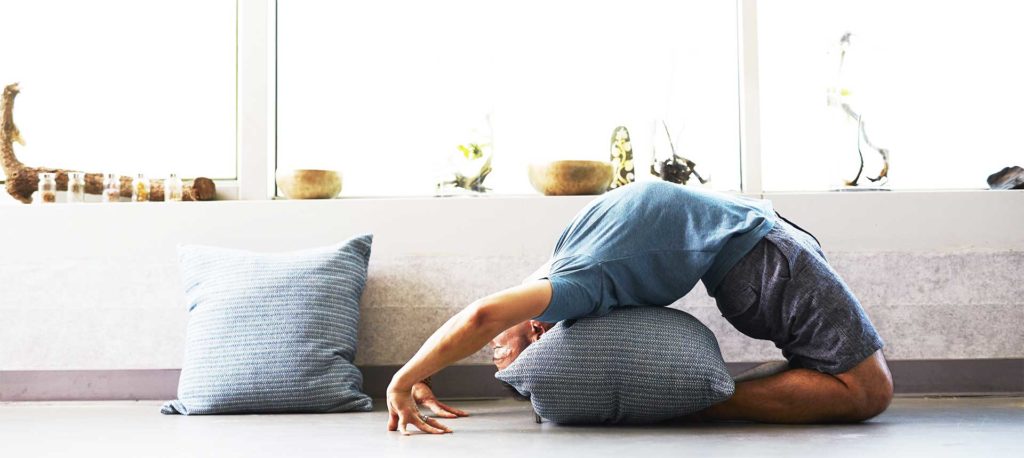 You might ask what these three have in common. I suggest that, if you’re in the category of selling high-end home brands and you’re not at least considering how your brand connects with the wellness trend, then you better start.
You might ask what these three have in common. I suggest that, if you’re in the category of selling high-end home brands and you’re not at least considering how your brand connects with the wellness trend, then you better start.
Wellness has been labeled the new luxury and for good reason. The wellness economy was valued at $4.2 trillion in 2017 and is growing at a rate twice as fast as the Global GDP, according to a 2018 study published by Global Wellness Institute (GWI). Spas, tourism and real estate are the fastest-growing segments.
The wellness trend is affecting how new homes and entire communities are designed and built today. From meditation rooms and tranquil gardens to in-home spas and yoga studios, wellness-infused homes and communities are scratching the itch of more discerning consumers. GWI estimates that wellness-infused real estate offerings are earning 10-25% price premiums, attracting at least 1.3 million buyers, and over 370 real estate projects already built or under development in the U.S.
The implications for high-end bath, spa or sauna equipment; home workout equipment; healthy building products; and construction methods are apparent. But, the marketing implications for the wellness boom go far beyond Peloton and the like because wellness has seeped across product categories. It is a lifestyle choice, particularly for younger affluents. Wellness speaks to who they are and how they want to live.
Capitalizing on this trend is important because it provides an intrinsic reason to purchase your product that connects to a desired lifestyle. In a just-released 2020 Health Management Trends study by Mintel, 83% of Americans identified “prioritizing my health and wellbeing” as a goal. Consumers with HHI of 100k+ were significantly more likely to say “controlling my health and wellbeing” is important, and they were also the least likely to consider “being healthy” as trendy. As affluent consumers continue to prioritize experiences over possessions, the desire for wellness could be key to keeping your brand relevant and worth splurging on.
Consider the purchase of high-end cookware. In a category that’s experienced gradual declines, capitalizing on consumers’ interest in healthier lifestyles has been identified as a key strategy for increasing cookware sales. It’s not just about healthy eating. It’s about “neck-up” health. Research has identified cooking as a wellness activity that can actually improve mental health. The top two reasons people cook more at home are for enjoyment and to eat healthier. Now cookware is an enabler to a desired lifestyle, which makes spending on a premium brand more compelling.
So, consider how wellness fits into your marketing strategy. It could provide the hook for lifestyle marketing initiatives that keep your brand relevant, justify a premium and increase sales. And if you need help thinking it through or developing a plan of action, give me a call. We’d love to help you figure it out.


